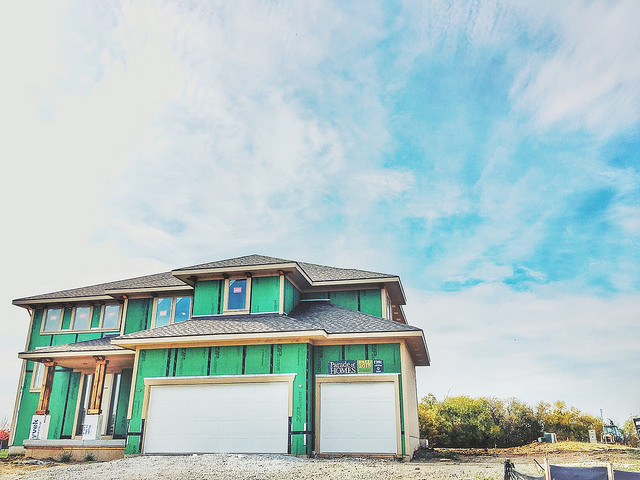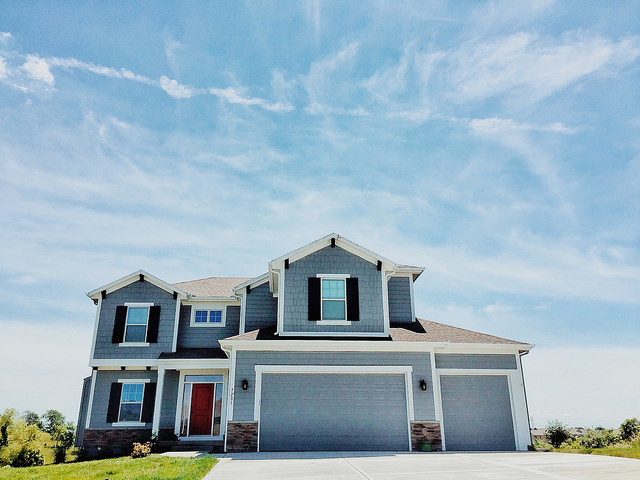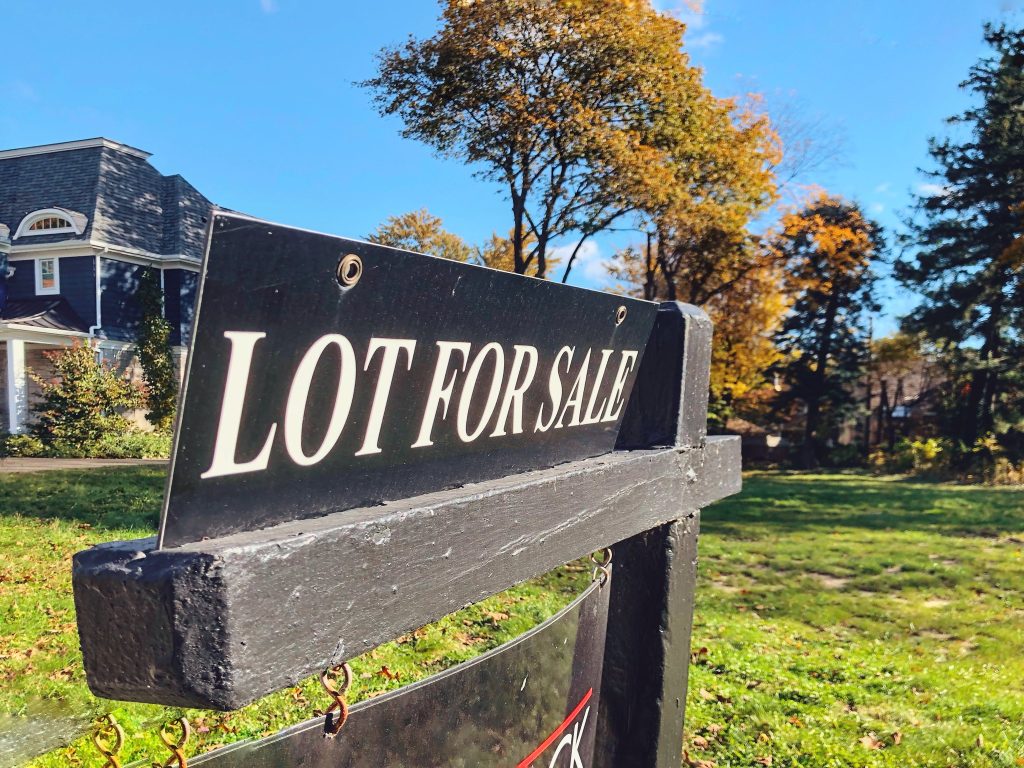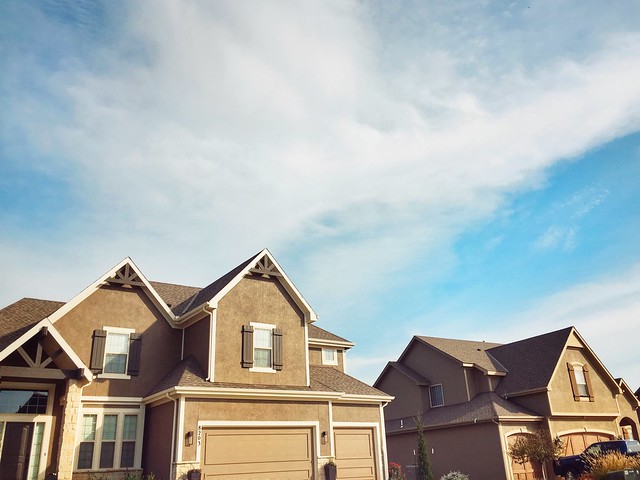Builders grew less confident in May, according to a new survey from the National Association of Home Builders. The group’s monthly Housing Market Index – which scores a survey of builders on a scale where any number above 50 indicates more builders view conditions as good than poor – came in at 34 in May, down six points from April. Buddy Hughes, NAHB’s chairman, says builders see better conditions ahead. “The spring home buying season has gotten off to a slow start as persistent elevated interest rates, policy uncertainty, and building material cost factors hurt builder sentiment in May,†Hughes said. “However, the overwhelming majority of survey responses came before the tariff reduction announcement with China. Builders expect future trade negotiations and progress on tax policy will help stabilize the economic outlook and strengthen housing demand.†Of the three index components, the measure of future expectations was the highest scoring at 42, while the gauge of current sales conditions fell eight points to 37. (source)













